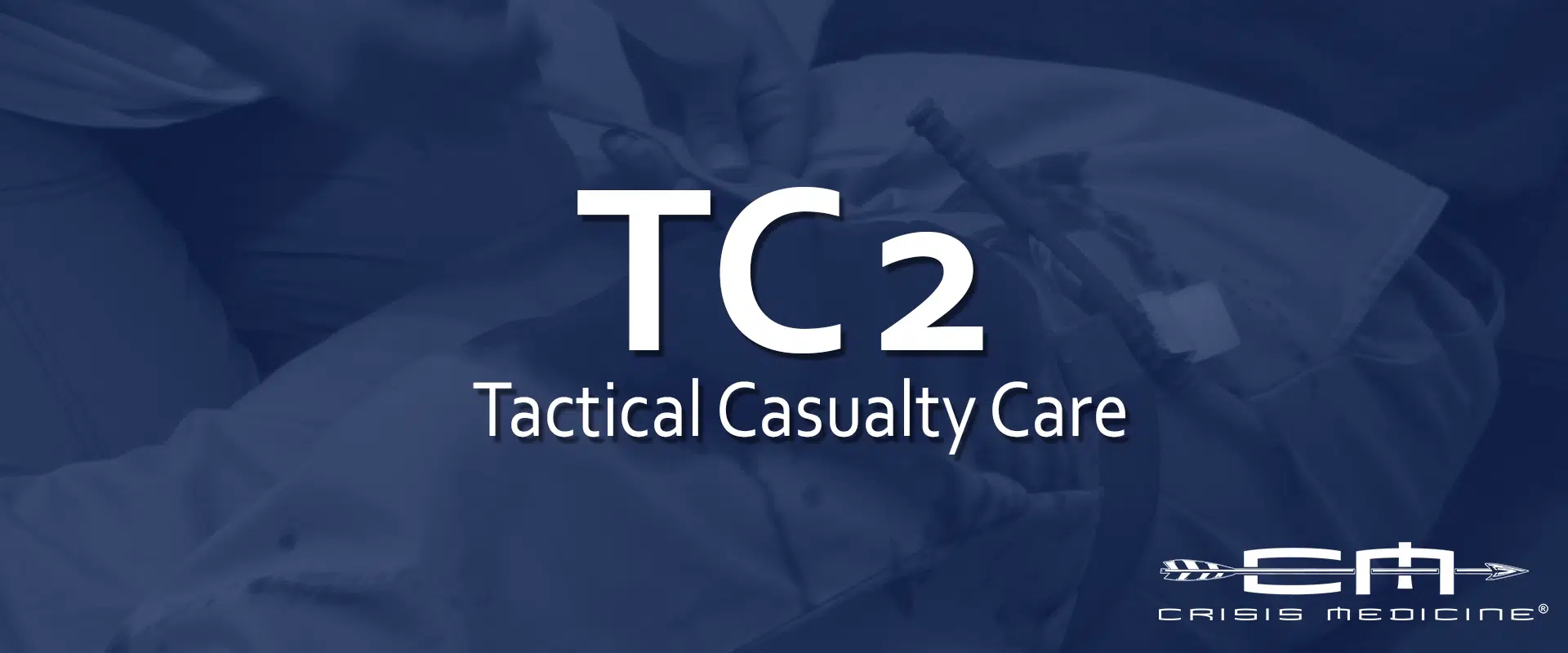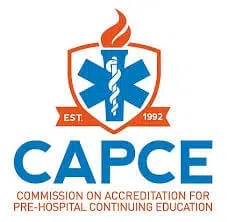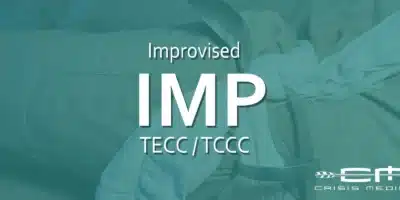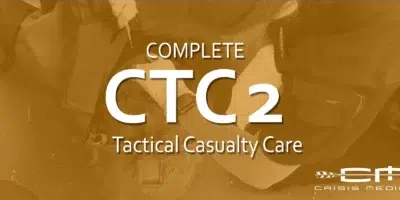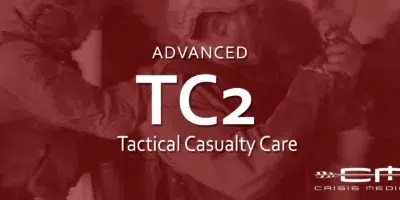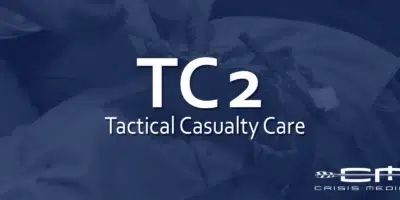Tactical Casualty Care
This interactive 11.5-hour course* prepares for the first few minutes of casualty evaluation in a high-risk environment. This course is designed to give you a plan to identify and manage those immediately life-threatening injuries and the knowledge and skills to implement it, while you are still engaged in an ongoing tactical problem.
The class largely deals with the Care Under Fire – Direct Threat phase of an event, where any medical care is provided while the responder and casualty are in an ongoing situation that is a direct threat to life (active shooter, building collapse, fire, secondary explosives, etc). This phase requires efficient hemorrhage control, largely with tourniquets, and patient movement.
While most injuries are not immediately life-threatening, there are some where death before the arrival of EMS is almost assured if not managed rapidly and correctly. EMS is usually delayed in these types of events due to security concerns. Instead, responding law enforcement and private citizens, either involved in the events themselves or nearby, provide most life-saving care in this phase.
This class is consistent with the Tactical Combat Casualty Care guidelines for all combatants, as well as the guidelines for Tactical Emergency Casualty Care for Active Bystanders and Responders with a Duty to Act. The course also exceeds the Stop the Bleed curriculum.
Tactical Casualty Care Subjects Covered:
The nature and myths of gunshot wounds and realities of their medical management
How to rapidly evaluate injuries and how they affect your tactical treatment plan
The concept of “care under fire” and how it differs from a non-tactical medical situation
Assessment and management of penetrating, blunt, and blast injuries
Assessment and management of massive hemorrhage
The safe and efficient use of improvised and commercially available tourniquets
Basic airway and breathing assessment, as well as management within a high-risk environment
Clarifying the “sucking chest wound” and it’s actual significance
Techniques for moving casualties to a safer location
This course is about 70% dynamic presentation including photos, videos, and real-life examples and 30% practical exercise, student hands-on, and scenarios
Students take turns role-playing a casualty, having tourniquets applied, as well being drug and lifted. As such, it is advisable not to wear your finest clothing to class.
No prior medical knowledge or training is necessary to attend. If you carry a firearm, this is the minimum level of tactical medical training you should have. However, it would benefit every citizen.
Note, prices are for courses taught in Portland, Oregon. Courses taught elsewhere may have additional costs for travel, gear shipping, etc. In-Person course cancellation must be made more than two weeks (14 days) before the course start date in order to obtain a refund.
ALL IN-PERSON REGISTRATIONS ARE SUBJECT TO APPROVAL. YOU WILL BE NOTIFIED VIA EMAIL WHEN YOUR COURSE REGISTRATION IS CONFIRMED. IF YOU ARE NOT ADMITTED TO THE COURSE, YOU WILL RECEIVE A FULL REFUND.
For in-person courses, refunds will not be issued if cancellation is made without two weeks’ notice ahead of the class start date.
CAPCE Accredited Provider
This CE activity is accredited for 9 Basic CEH* by Crisis Medicine, an organization accredited by the Commission on Accreditation for Prehospital Continuing Education.
*The course runs a 10-hour day, minus an hour for lunch. Students will be provided an online-module as pre-course work which, if completed, will be an additional 1.5 hours of CEH.
Course Features
- Lectures 12
- Quizzes 0
- Duration 10 hours
- Skill level All levels
- Students 1951
- Certificate Yes
- Assessments Yes

